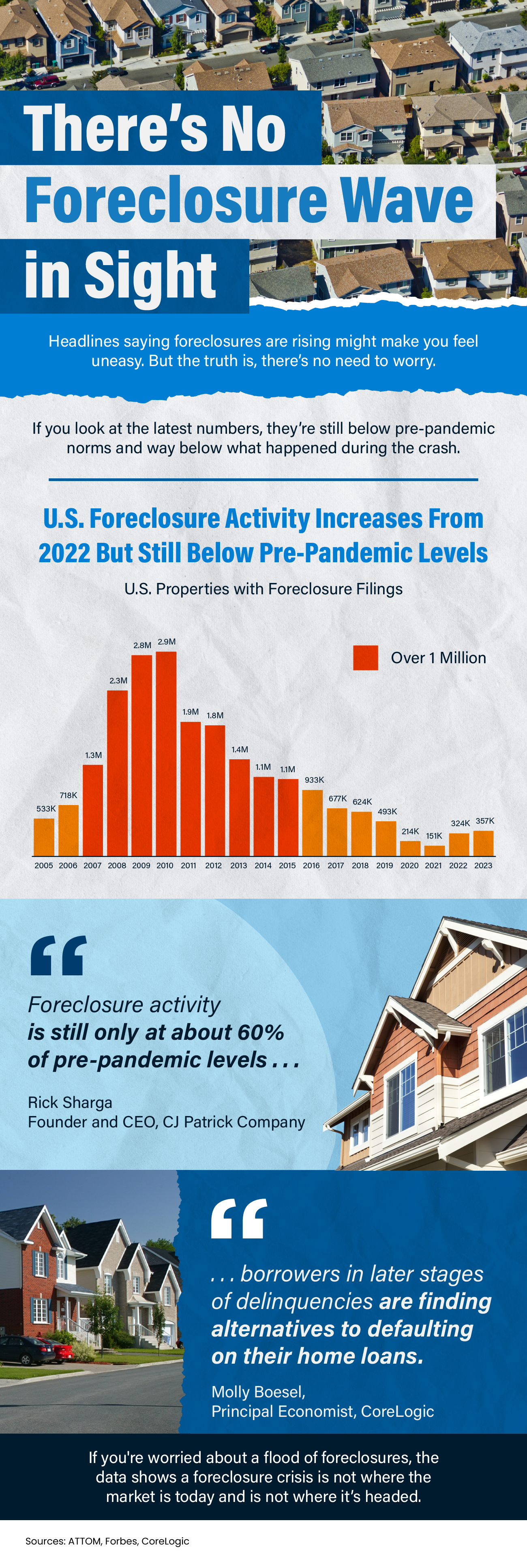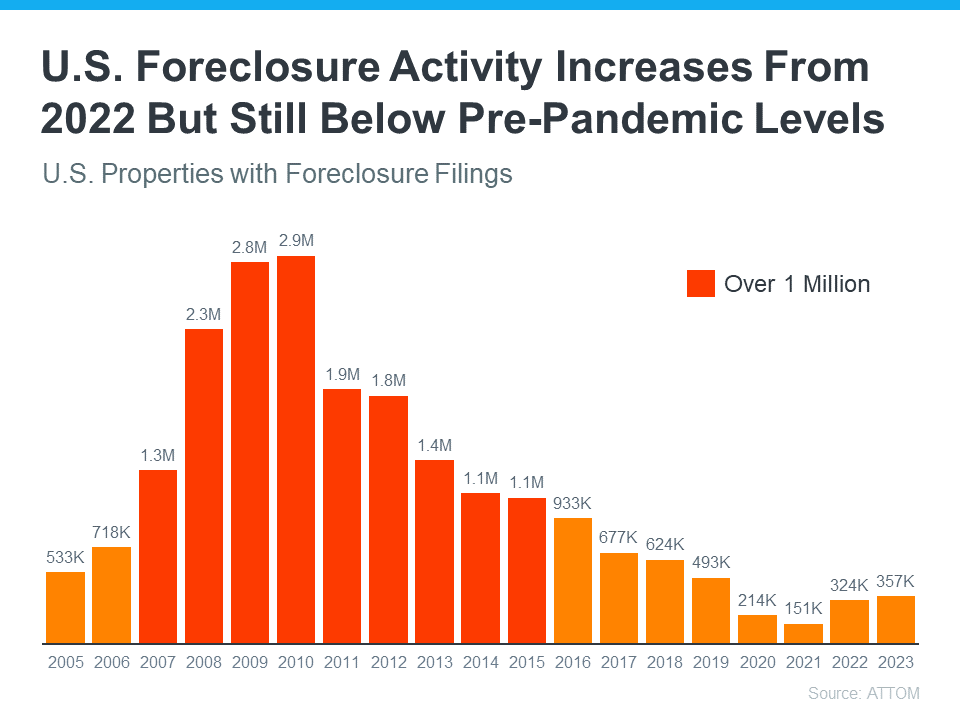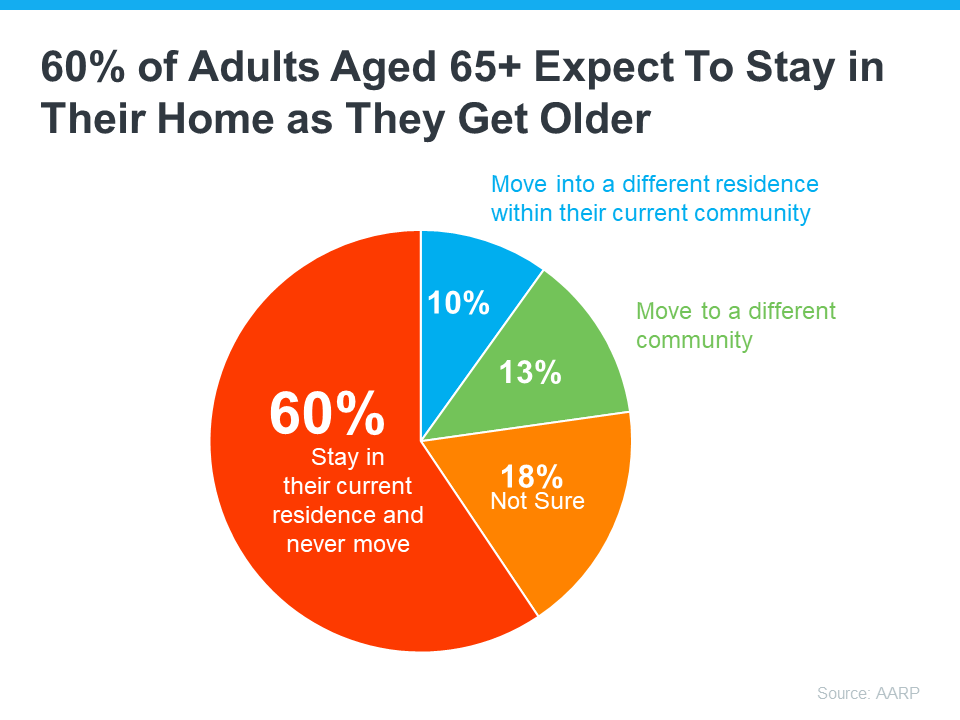![Winning Plays for Buying a Home in Today’s Market [INFOGRAPHIC] Simplifying The Market](https://terceroagency.com/wp-content/uploads/2024/02/Winning-Plays-for-Buying-a-Home-in-Todays-Market-KCM-Share.png)

Some Highlights
- In today's housing market, you can still come out on top if you have the right team and plan.
- To win when buying a home, you need to build your team, make strategic plays, consider what’s in and out of bounds, and stand out from the crowd.
- Connect with a local real estate agent today to make your winning move.

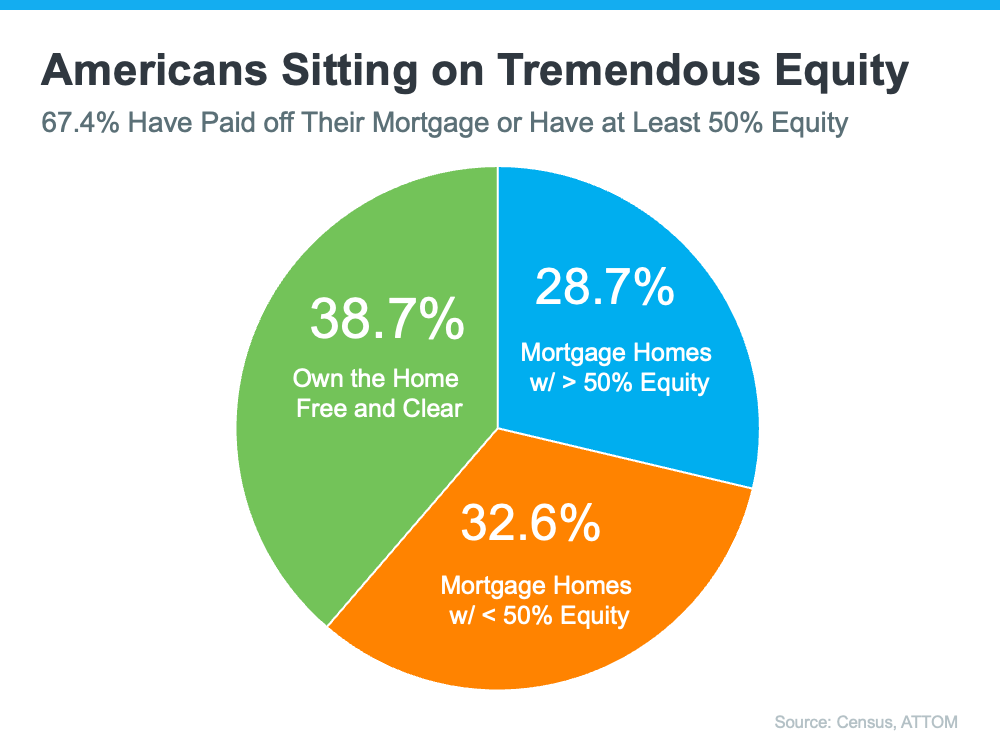


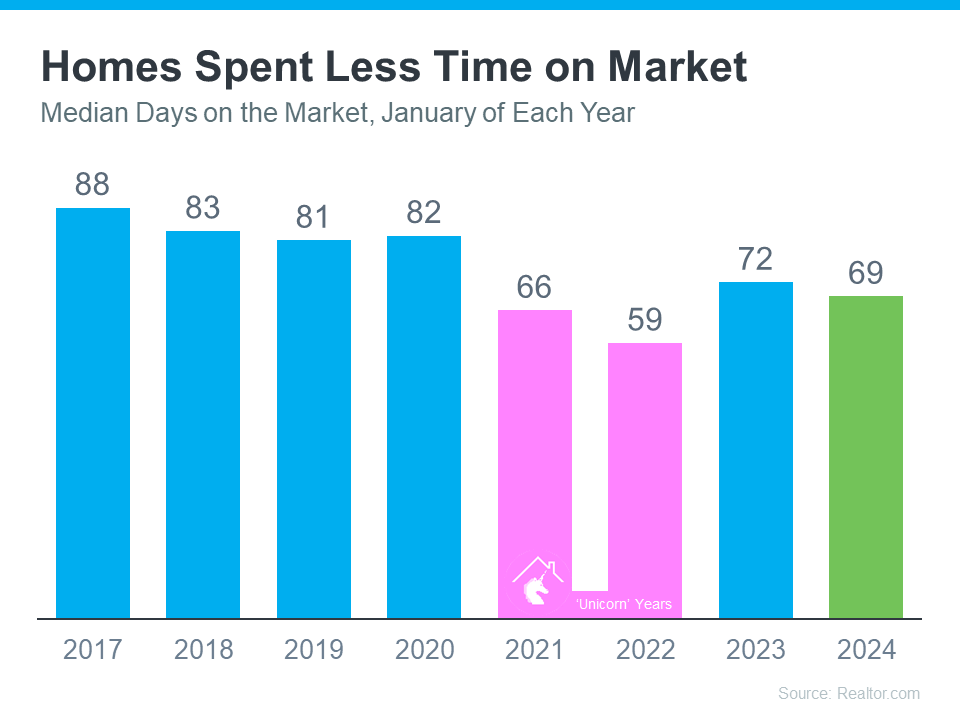

![There’s No Foreclosure Wave in Sight [INFOGRAPHIC] Simplifying The Market](https://terceroagency.com/wp-content/uploads/2024/02/Theres-No-Foreclosure-Wave-in-Sight-KCM-Share.png)
